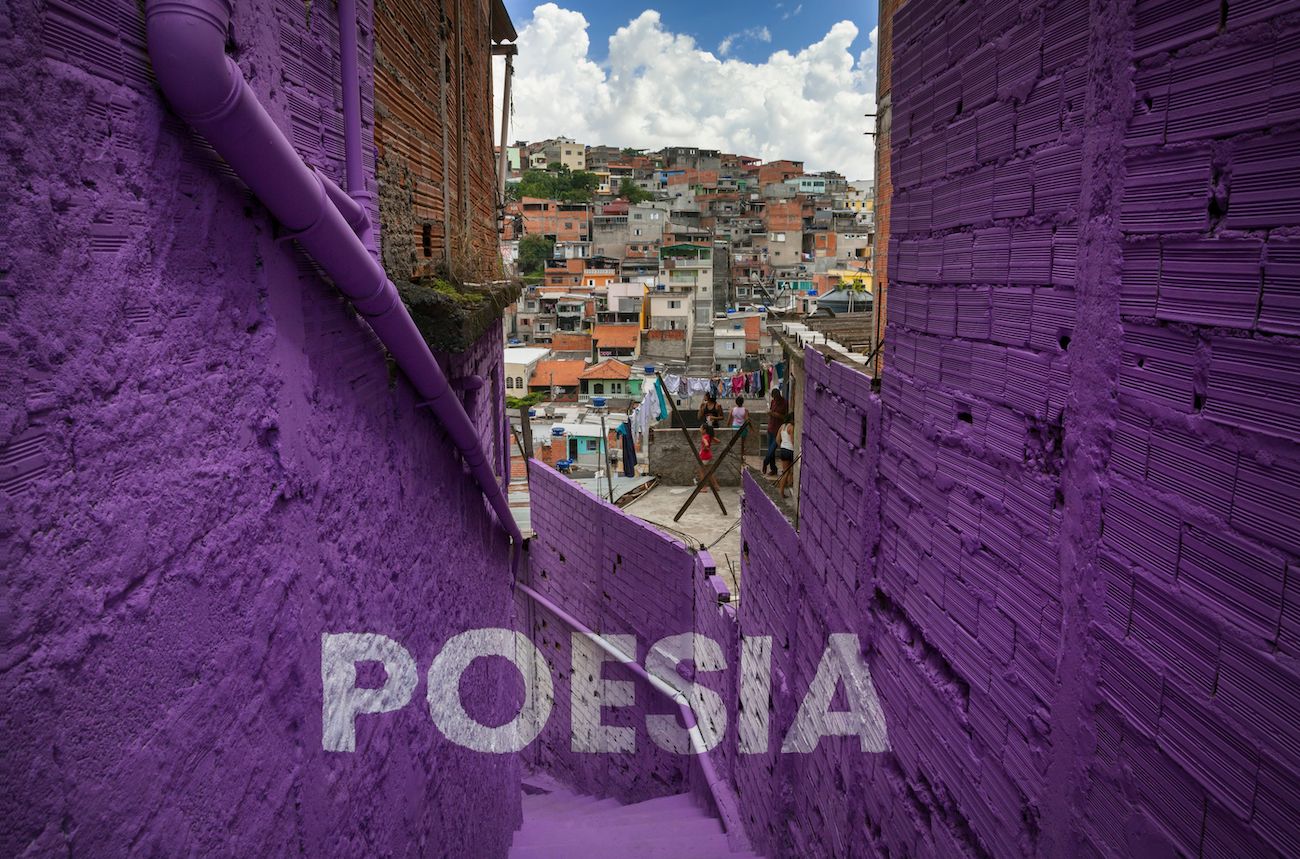
Photo: Boa Mistura
Much like a crossword, the confounding images in a new coffee table book, titled Illusion in Design, offers clues while withholding answers until the end. What are we to make of chairs floating in midair, or floors that seem to buckle under their own weight? The challenge in and subsequent reward of deciphering these visual puzzles is the entire point of this mystifying book.
Published by Rizzoli, Illusion in Design explores the role of trompe l’oeil across design, architecture, interiors, and art. Each of the book’s six chapters present several optical illusions, ranging from a home camouflaged as a boulder to rooms plastered with mirrors. The catch? Pages lack any descriptive text, forcing readers to engage with the image without the expectation of immediately understanding it.
A prime example of this is the Van Gogh Bedroom, created in 2016 by the Art Institute of Chicago. At first glance, the room appears to be completely two-dimensional, rendered in Van Gogh’s signature color palette and brush strokes. Only by carefully studying the image do hints of three-dimensionality emerge. Part of a promotional campaign for the museum’s Van Gogh’s Bedroom exhibit, this clever bedroom is, in fact, a full-size recreation of the artist’s famous painting. It could even be rented for just $10 a night in Chicago’s River North neighborhood.
Mirrorcube similarly defies residential norms. Designed by Tham & Videgård, the cube-shaped hut is part of Sweden’s Treehotel in Harads, and is mounted directly on the trunk of a tall pine. The entire structure, however, is completely clad in highly reflective glass, allowing it to not only reflect but melt into the natural landscape.
Other designers focus on more traditional optical illusions, accomplished primarily through two-dimensional media. Boa Mistura’s Anamorphosis Projects, for instance, exploits the unique topography of the hills surrounding the Vila Brasilândia. Utilizing the visual power of anamorphism, Mistura managed to paint words across these surfaces that, from afar, seamlessly blend together and become legible from a particular angle.
No matter the illusion, each entry in this book demonstrates how exhilarating it can be to bend reality. Illusion in Design is currently available for purchase via Bookshop and the Rizzoli website.
A new book published by Rizzoli, titled Illusion in Design, explores how designers, architects, and artists use tricks of the eye to accomplish innovative environments.
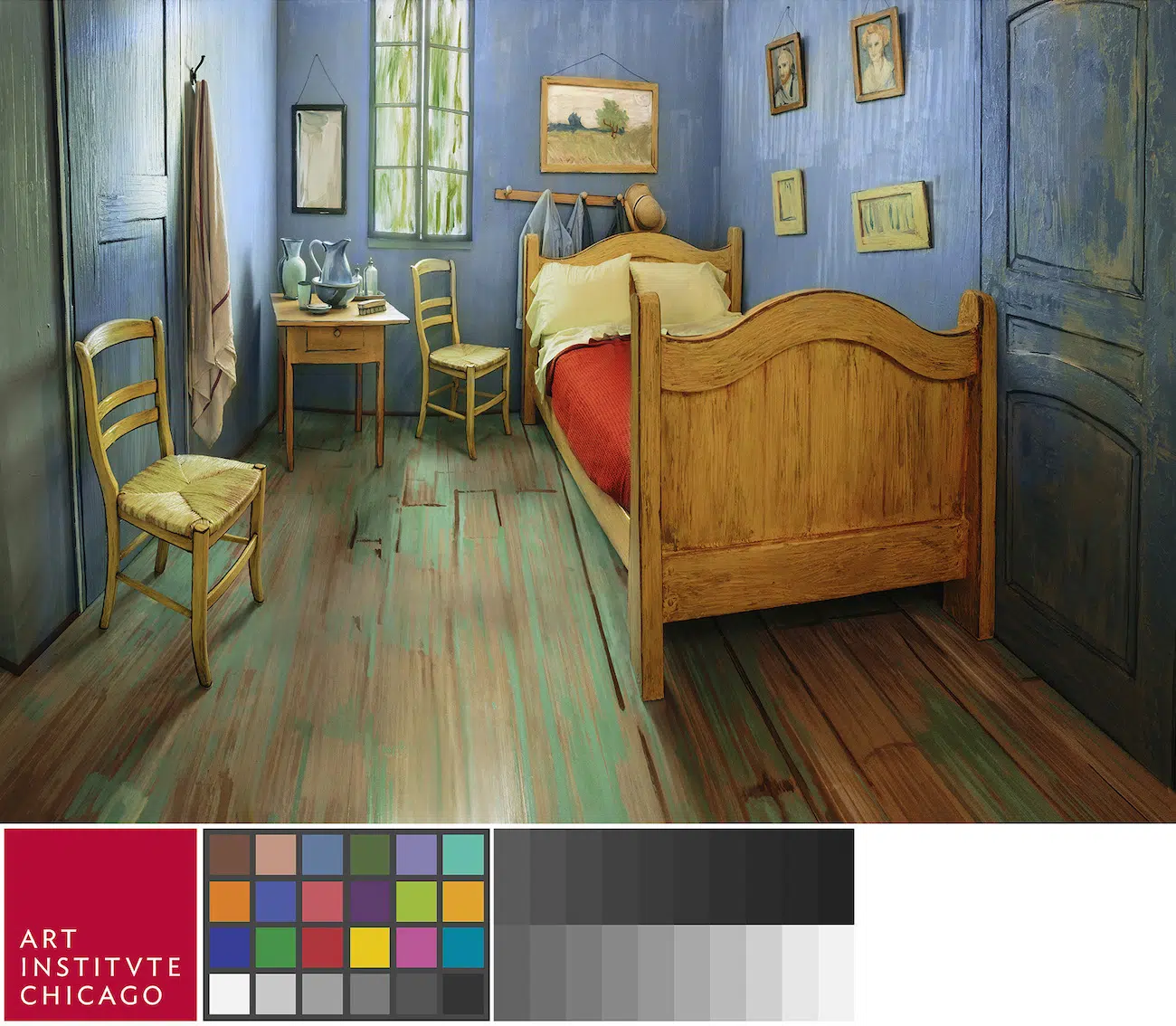
Photo: Chicago Institute of Art
The book encourages readers to engage with the illusions without immediately understanding them, gathering descriptive texts at the end of each chapter, much like a crossword puzzle in a magazine.
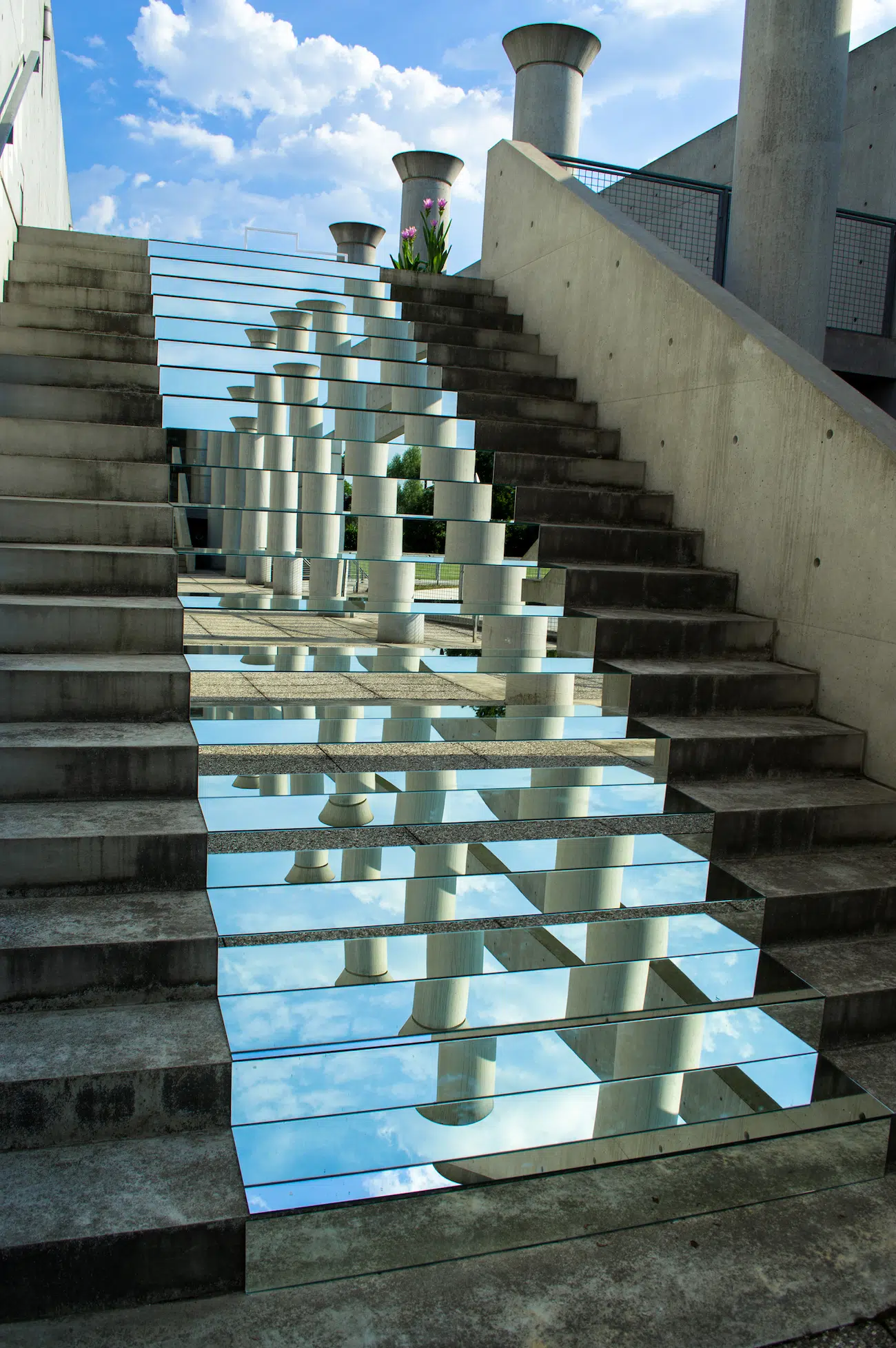
Photo: Shirin Abedinirad
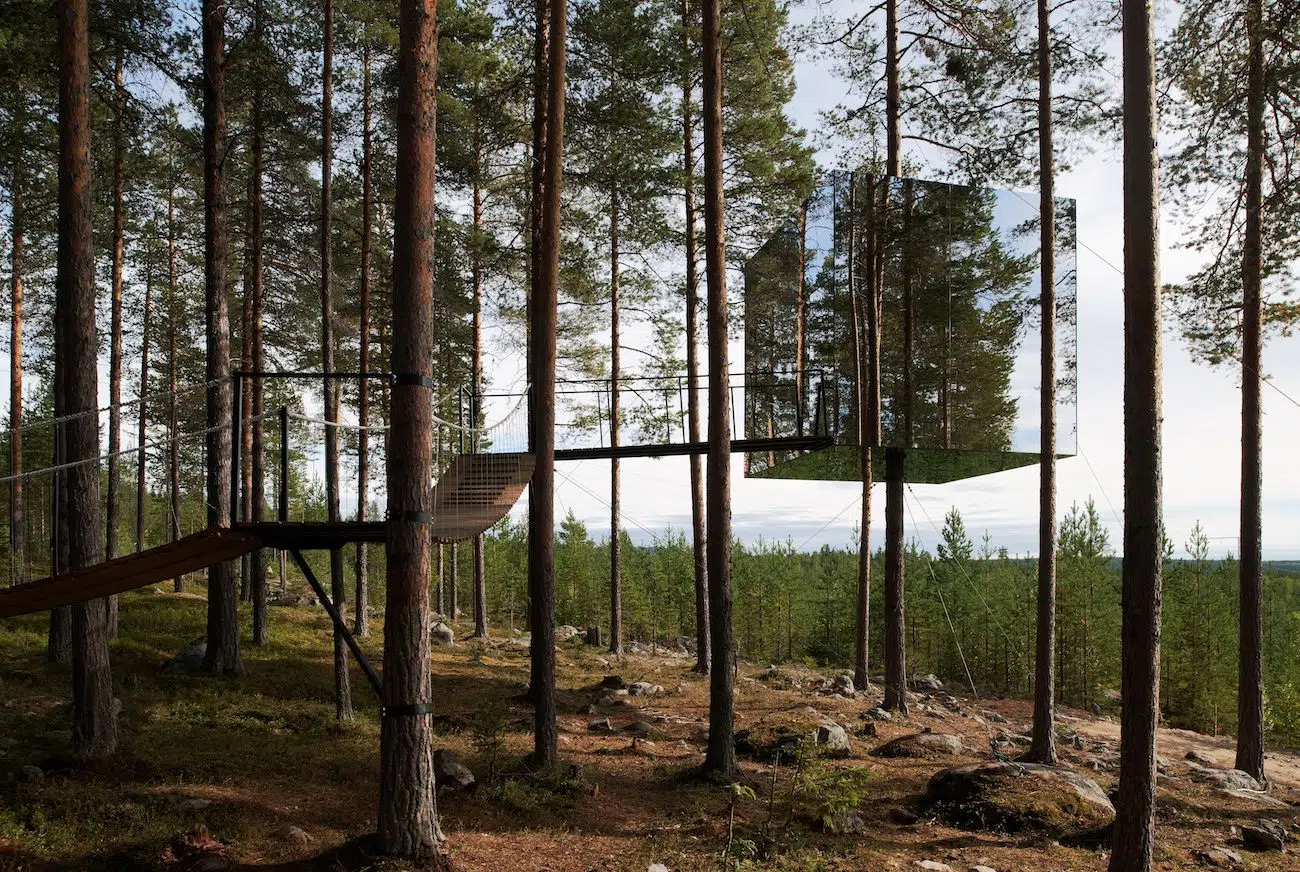
Photo: Tham & Videgård
The illusions incorporate camouflage, deception, and trickery, and are exercises in depth, dimension, and reflectivity.
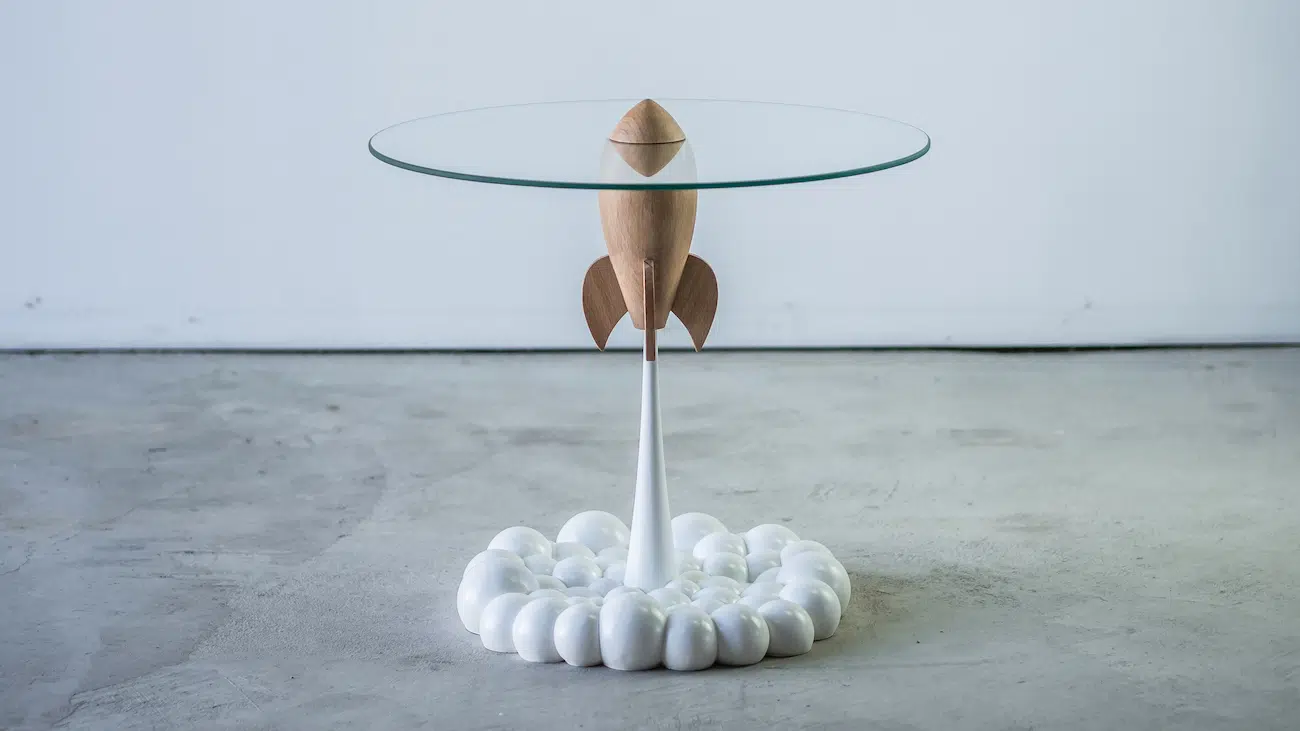
Photo: Stelios Moussaris
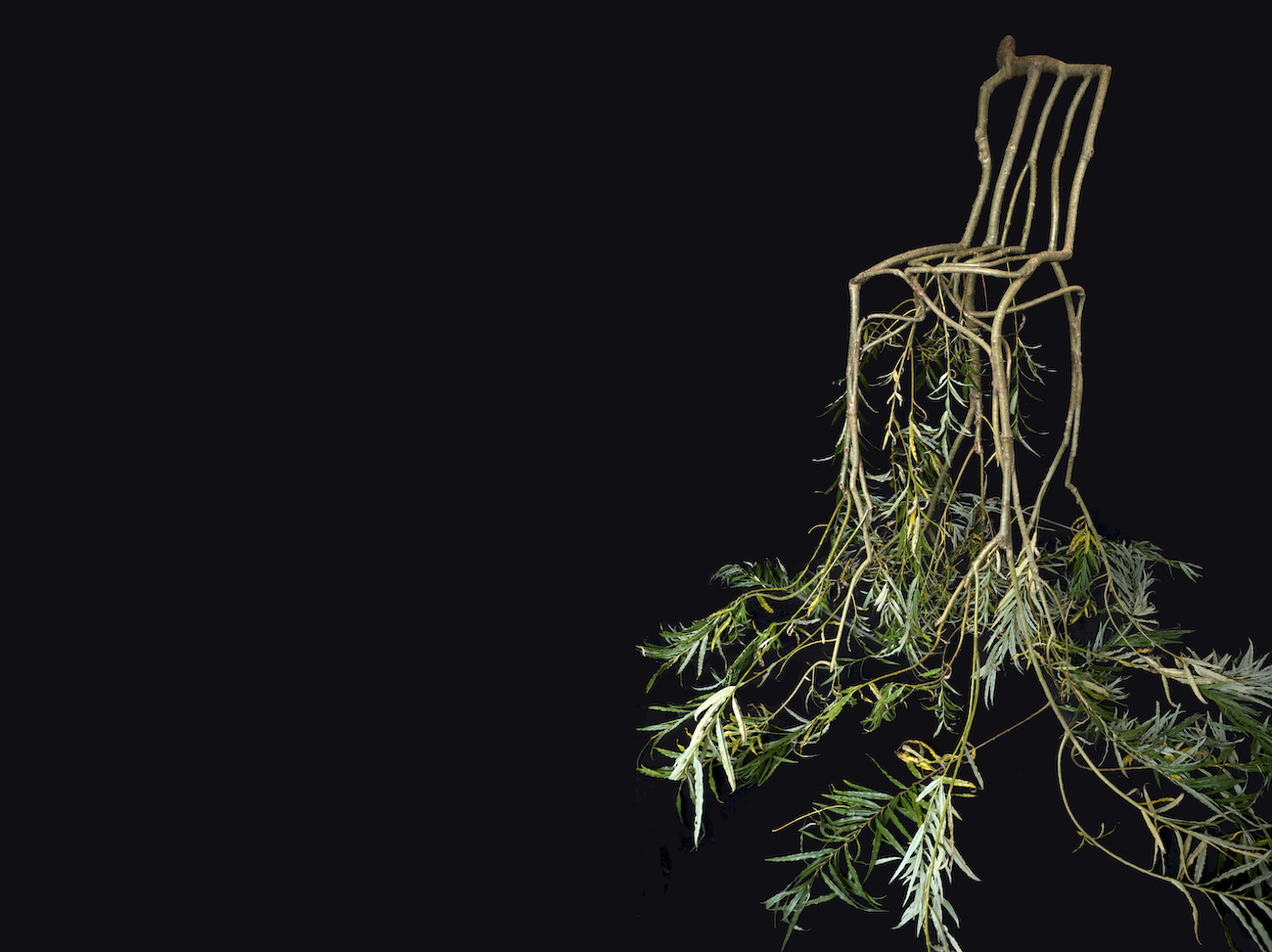
Photo: Full Grown
No matter the illusion, each entry in Illusion in Design demonstrates how exhilarating it can be to bend reality.
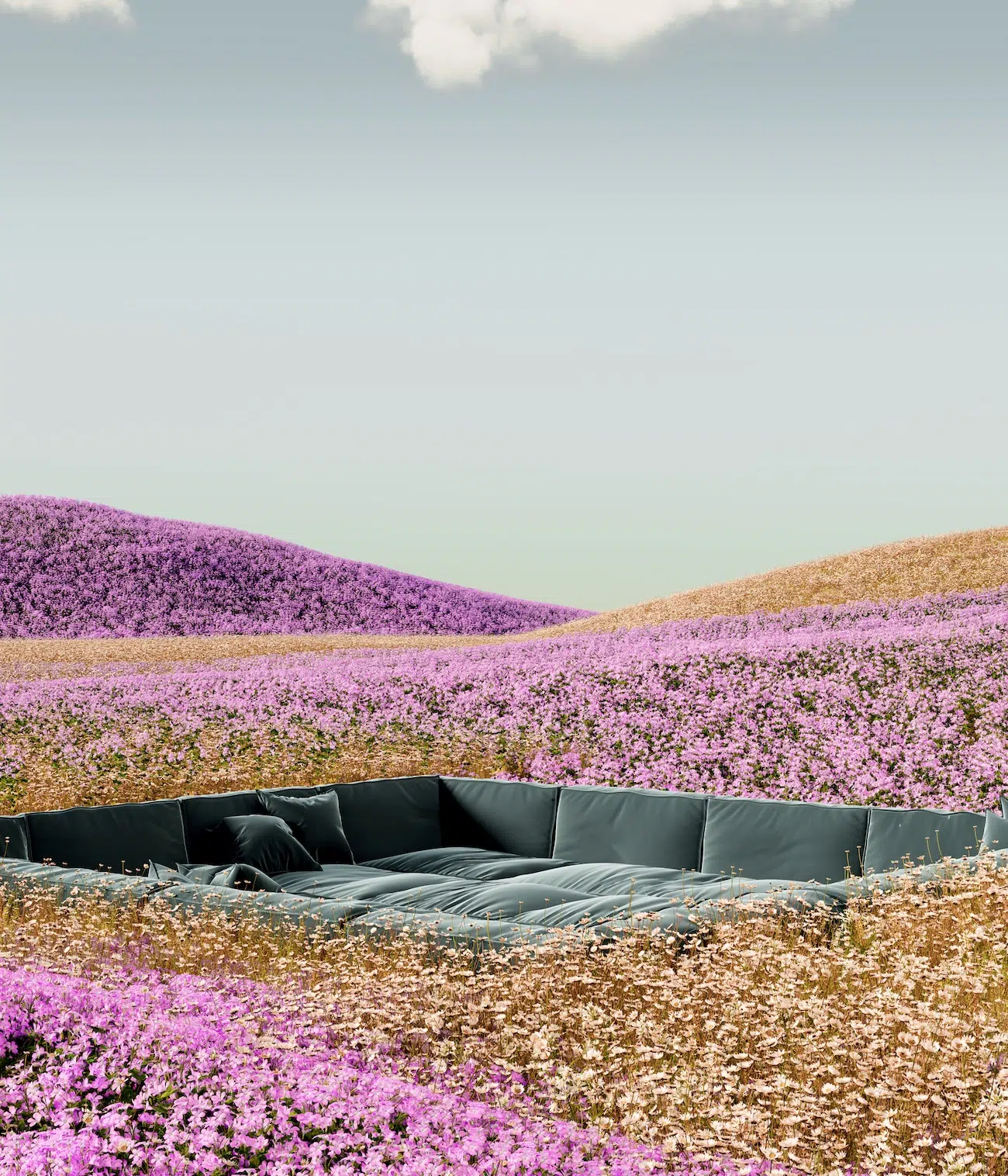
Photo: Alex Christodoulou
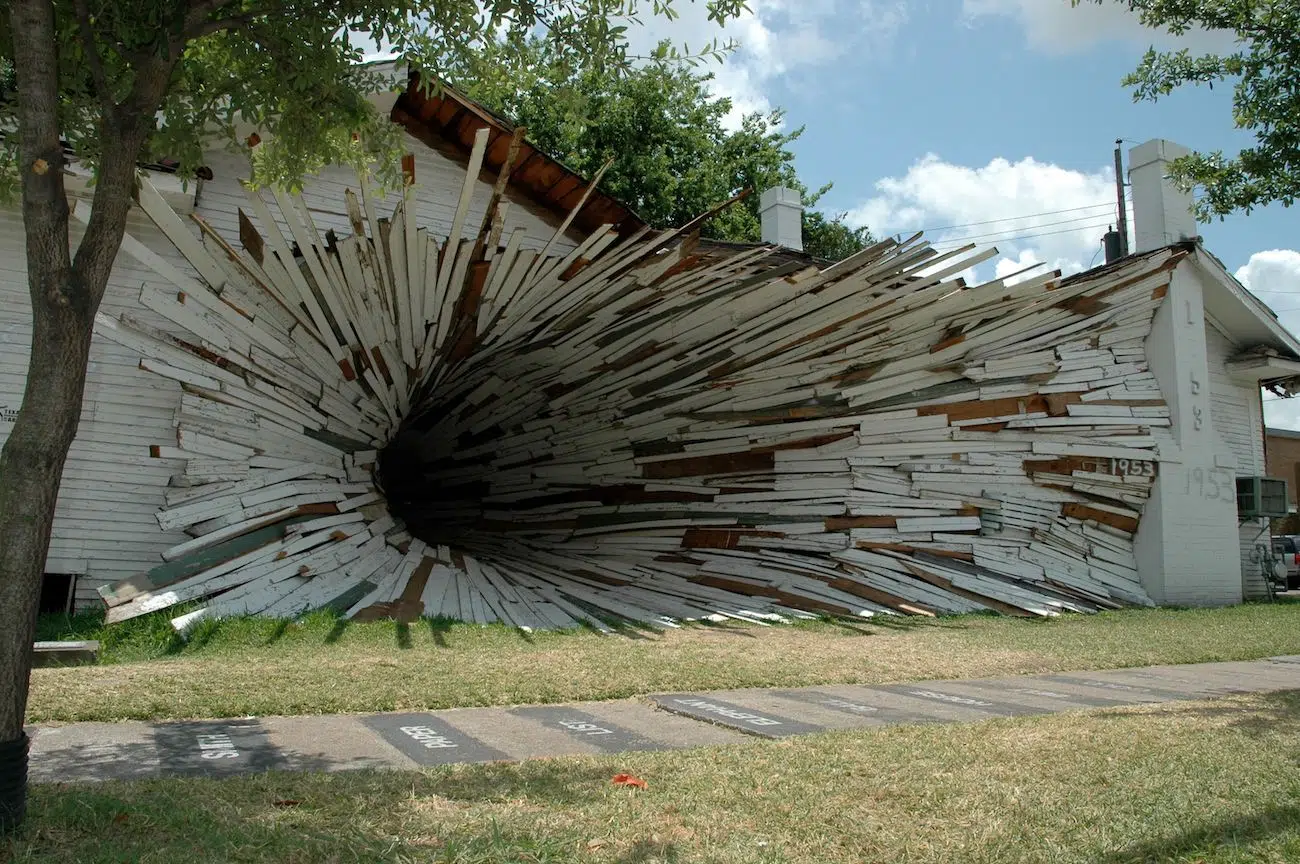
Photo: Havel Ruck
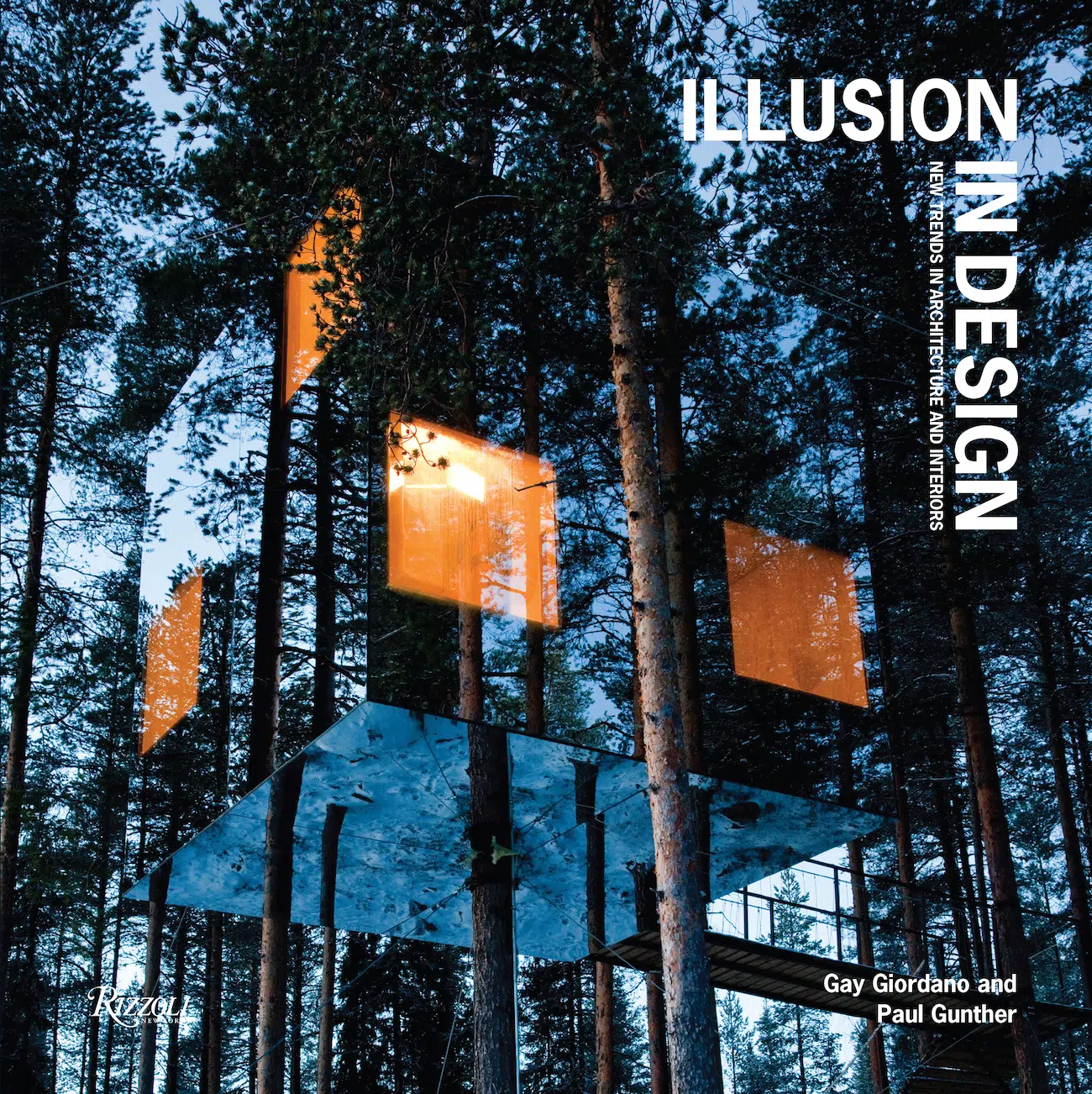
“Illusion in Design” by Gay Giordano and Paul Gunther (Rizzoli)
